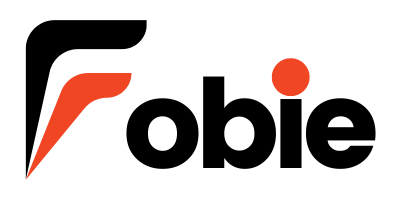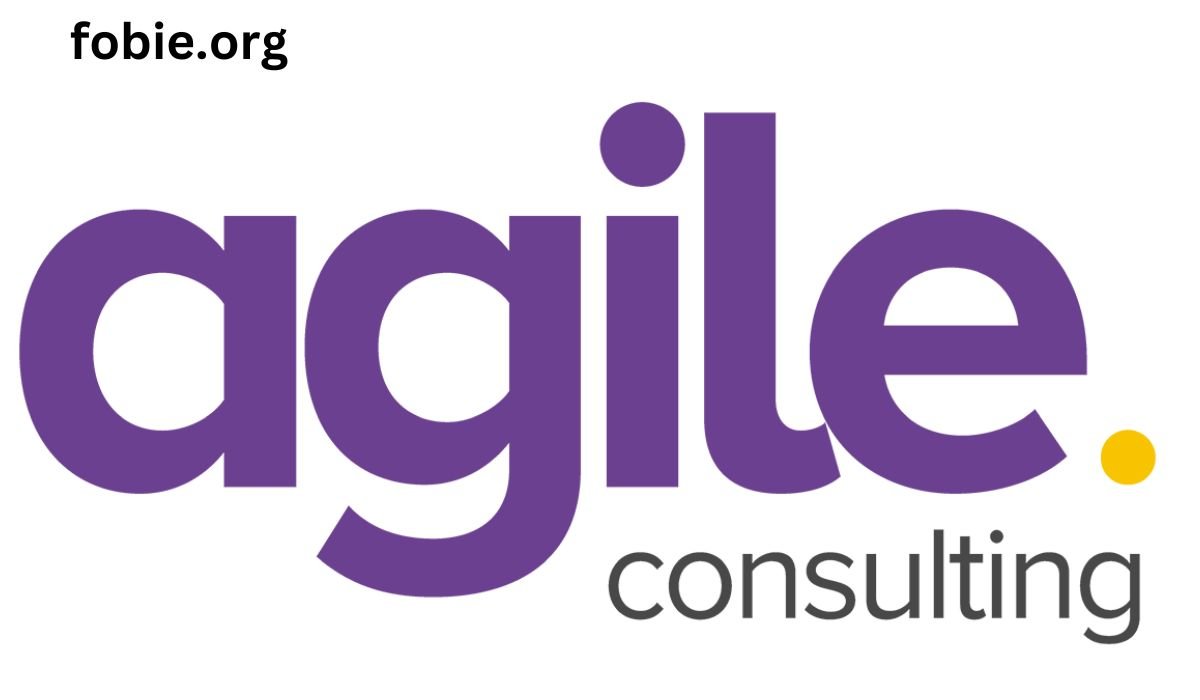Scaling your business isn’t just about increasing your budget—it’s about making smarter, data-driven decisions that lead to better results. One of the most effective ways to scale quickly and efficiently is by leveraging cross-channel performance marketing. By utilizing multiple advertising platforms like Meta Ads (Facebook and Instagram), Google Ads, and Amazon Ads, you can increase your reach, improve targeting, and ultimately drive a higher return on ad spend (ROAS).
In this blog, we’ll explain what cross-channel marketing is, why it’s essential for business growth, and how you can implement it to see real results.
What is Cross-Channel Performance Marketing?
Cross-channel performance marketing is all about running targeted campaigns across multiple digital platforms. Rather than focusing your entire marketing effort on one channel, you expand your strategy to include several platforms where your target audience is most active.
For instance, a typical cross-channel strategy might include advertising on:
- Meta Ads (Facebook & Instagram): Reach a massive audience and target users based on their behavior and interests.
- Google Ads: Capture demand when users actively search for products or services similar to yours.
- Amazon Ads: Tap into one of the largest e-commerce platforms to target potential buyers already in shopping mode.
Each platform offers unique advantages, and combining them allows you to reach your audience at different stages of the buying process. A customer may first encounter your brand on Instagram, then see your ad again while browsing on Google, and finally make a purchase through an Amazon ad.
This approach gives you the opportunity to touch users multiple times across different environments, increasing the chances of conversion. For businesses looking to scale, this kind of broad exposure is essential.
Why Cross-Channel Marketing is Crucial for Scaling Your Business
The core benefit of cross-channel performance marketing is that it allows businesses to engage with customers across various touchpoints. It helps build brand awareness, increases visibility, and ultimately drives sales.
When done right, cross-channel marketing creates a unified, consistent experience for customers, which is crucial for brand credibility and trust. You’re no longer relying on a single platform to deliver your message—you’re meeting potential customers wherever they are in their buying journey.
By managing your ads across several channels, you also increase the likelihood of your ads being seen by the right people. With precise targeting capabilities available on platforms like Facebook, Google, and Amazon, you can fine-tune your strategy to reach the most relevant audience segments.
If you’re new to performance marketing or need expert guidance, agencies like GoMarble offer tailored cross-channel strategies to help brands grow. You can learn more about how their specialist team works with clients to deliver scalable marketing strategies here.
Key Benefits of Cross-Channel Performance Marketing
Implementing a cross-channel marketing strategy offers several advantages for businesses looking to scale effectively. Here are some of the most significant benefits:
- Maximized Reach: By diversifying your ad spend across multiple platforms, you increase your chances of reaching a wider audience. Every platform has its unique user base, and tapping into those varied groups gives your brand more exposure.
- Better ROI: A well-executed cross-channel strategy allows you to optimize your budget. You can identify which platforms are driving the best results and adjust your spend accordingly. This means better performance without overspending on underperforming channels.
- Increased Brand Visibility: Customers need to see your brand multiple times before they make a purchase decision. With ads across different platforms, you ensure consistent visibility throughout the buyer’s journey.
- Improved Targeting: Platforms like Meta Ads, Google Ads, and Amazon Ads offer advanced targeting tools that allow you to serve highly personalized ads. This ensures that you’re showing the right message to the right people at the right time.
How to Build an Effective Cross-Channel Marketing Strategy
Building an effective cross-channel performance marketing strategy requires careful planning and execution. Here are the key steps you should follow:
- Define Your Goals: Before you dive into cross-channel marketing, clearly define what you want to achieve. Are you focused on increasing brand awareness? Boosting sales? Improving customer engagement? Setting clear goals will help you tailor your approach and measure success.
- Identify the Right Platforms: Not all platforms will be right for your business. Consider where your target audience spends their time. If you’re targeting a younger demographic, Meta Ads might be more effective, while Google Ads could be a better option if you’re focusing on high-intent search traffic.
- Create Cohesive Messaging: Your messaging should be consistent across all platforms. While the format of the ad (image, video, text) may vary depending on the platform, the core message should remain the same.
- Test and Optimize: Cross-channel marketing requires constant optimization. Regularly test your campaigns, track performance metrics, and adjust your strategy as needed. Look at the data and be willing to make changes to improve results.
Measuring the Success of Your Cross-Channel Campaigns
The success of your cross-channel performance marketing campaign depends on how well you track and measure your results. Here are some key performance indicators (KPIs) to monitor:
- Return on Ad Spend (ROAS): This is one of the most important metrics for evaluating the effectiveness of your campaigns. It measures how much revenue you generate for every dollar spent on ads.
- Click-Through Rate (CTR): The CTR tells you how many people clicked on your ads. A high CTR means your ads are engaging and relevant to your audience.
- Conversion Rate: The conversion rate tracks how many of the people who clicked on your ads completed a desired action (like making a purchase or signing up for a newsletter).
- Cost Per Acquisition (CPA): This metric shows how much it costs to acquire a customer. The goal is to keep your CPA as low as possible while maintaining a profitable return.
By regularly tracking these KPIs, you can adjust your strategy and ensure that your cross-channel marketing efforts are delivering the results you want.
Conclusion
Cross-channel performance marketing is one of the most powerful strategies businesses can use to scale effectively. By diversifying your efforts across platforms like Meta, Google, and Amazon, you can reach a wider audience, improve targeting, and ultimately see better results from your advertising spend.











